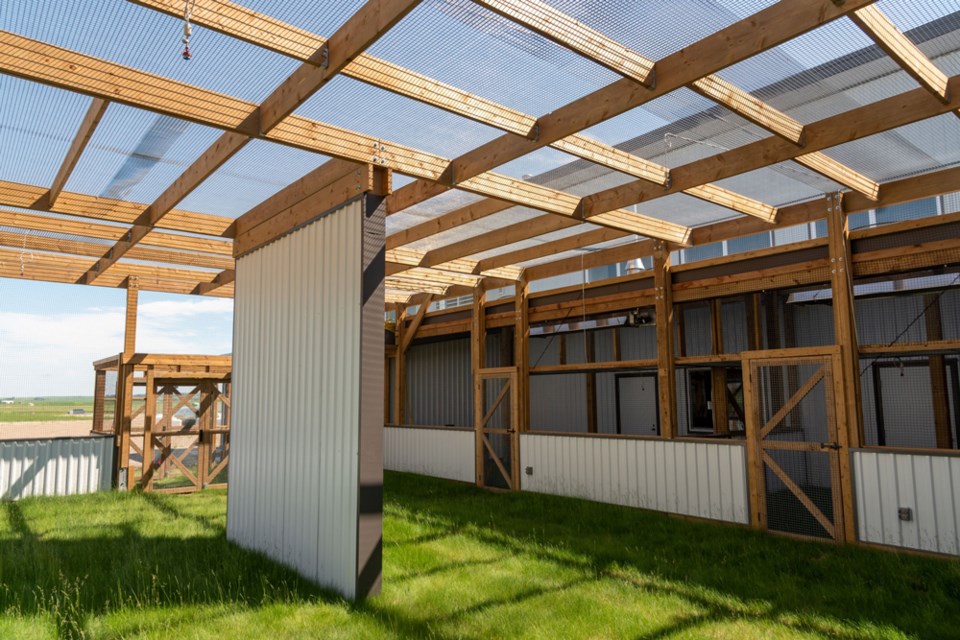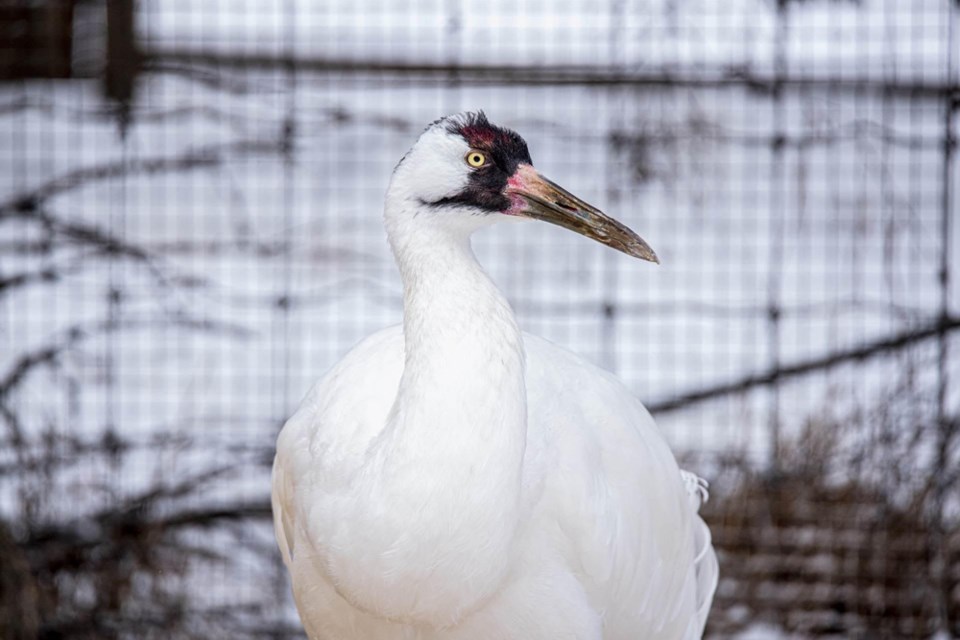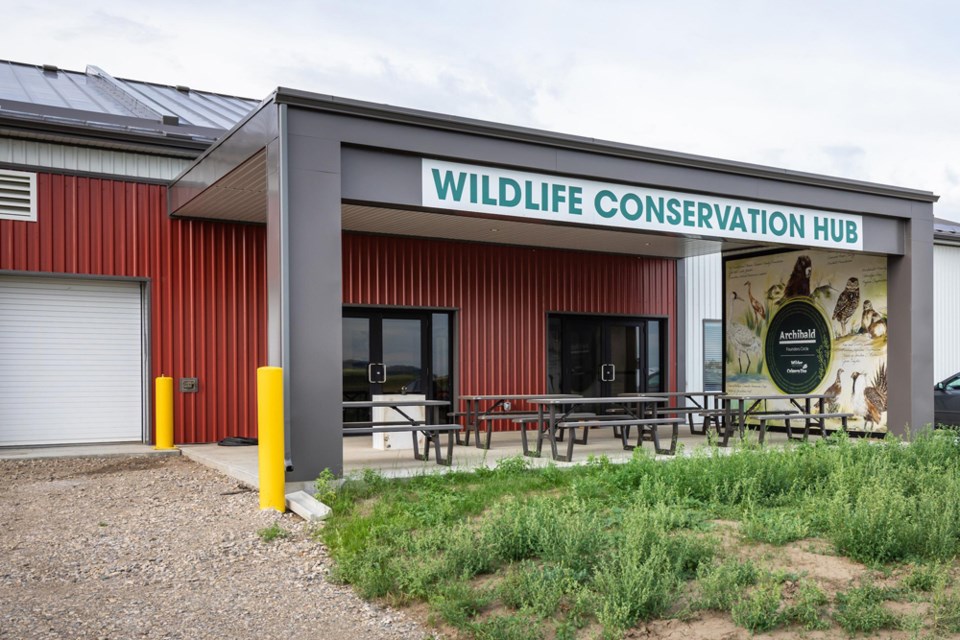Simply put, there is nothing else like it in Canada that can provide the vital and timely support to some of our nation’s most endangered species.
It’s a space that provides the necessary facilities for animal care and conservation experts and the animals they help. It is a tailor-made facility that ensures the animals under the care of the Wilder Institute have all they need and allows for the vital research required to positively impact species and the ecosystems where they live.
The Wilder Institute broke ground on its much-anticipated Archibald Biodiversity Centre (ABC) in 2021 and staff began working at the facility in summer 2022.
The new location is remote enough to afford the level of seclusion necessary for successful conservation and research programs, yet close enough to be easily serviced from the main Wilder Institute property in Calgary.

“We’re excited about this new facility and the ability that it gives us to make a significant difference with some of these programs we’re already working with and we’re very excited to potentially expand into new programs as well,” says Jamie Dorgan, the Wilder Institute’s director of animal care, health and welfare.
This one-of-a-kind facility located on 333 acres of land in Wheatland County represents the best of what conservation charities are capable of. The new campus not only enables the Wilder Institute to improve breeding facilities and holding capacity for current programs, but also sets the stage to dramatically increase its ability to add wildlife and plant breeding programs to the institute’s portfolio.
The ABC is the new temporary home for species at risk, such as the Vancouver Island marmot, burrowing owl, northern leopard frog and whooping crane, before they are sent for release into the wild. The ABC will also be home to permanent residents such as the endangered Przewalski’s horse, with a herd that contributes to the global Species Survival Plan.
Considered to be the only true, wild species of horse left on the planet, the Przewalski’s horse was once extinct in the wild before global re-introduction programs helped them rebound.
Though only a few hundred live in the wild today, work being done at the ABC and other conservation facilities worldwide work to ensure that the population’s genetic diversity remains intact so the species can once again flourish.
“That is critically important for these types of programs where you’re down to very few animals individually,” Dorgan says. “Maintaining that genetic health is critical so that we don’t have a genetic bottleneck and lose the species altogether.”

The Wilder Institute’s internationally recognized team of reintroduction scientists work hand-in-hand with animal care and veterinary teams and other collaborators to conduct innovative research at the centre and in the field to maximize the success of both the conservation breeding programs and reintroductions.
Over the winter months that work focuses on providing species-specific care and prep work for the upcoming breeding and release season.
The northern leopard frogs go in very specialized cooler systems, where water quality and oxygen levels are maintained daily to ensure proper hibernation. The Vancouver Island marmots are kept in similarly temperature-controlled environments for the same purpose.
Though cold tolerant, the whooping cranes have their own buildings in which to seek refuge from winter weather should the mercury drop considerably. Both the greater sage-grouse and burrowing owls are also provided with spaces in which to take shelter should they need to.
“This time of year is really about getting everybody settled in for the winter and making sure they have everything they need,” Dorgan says. “We’re hoping people will join us on this exciting journey of wildlife conservation so together we can preserve the rich biodiversity on this planet.
To support the Wilder Institute’s innovative conservation programs, visit wilderinstitute.org/take-action.



